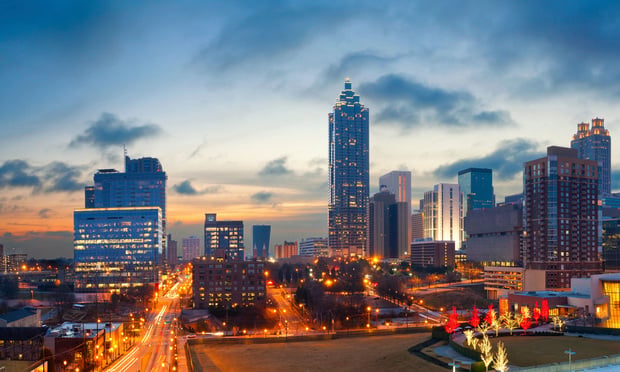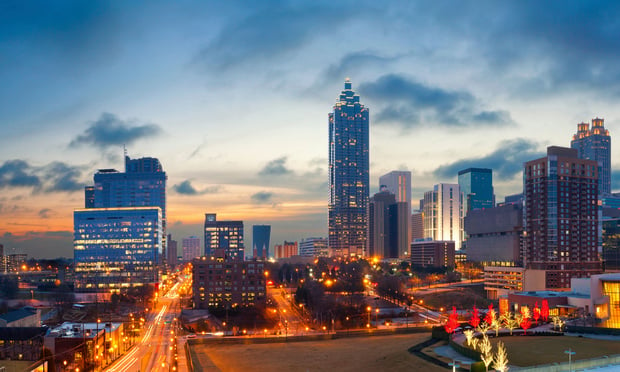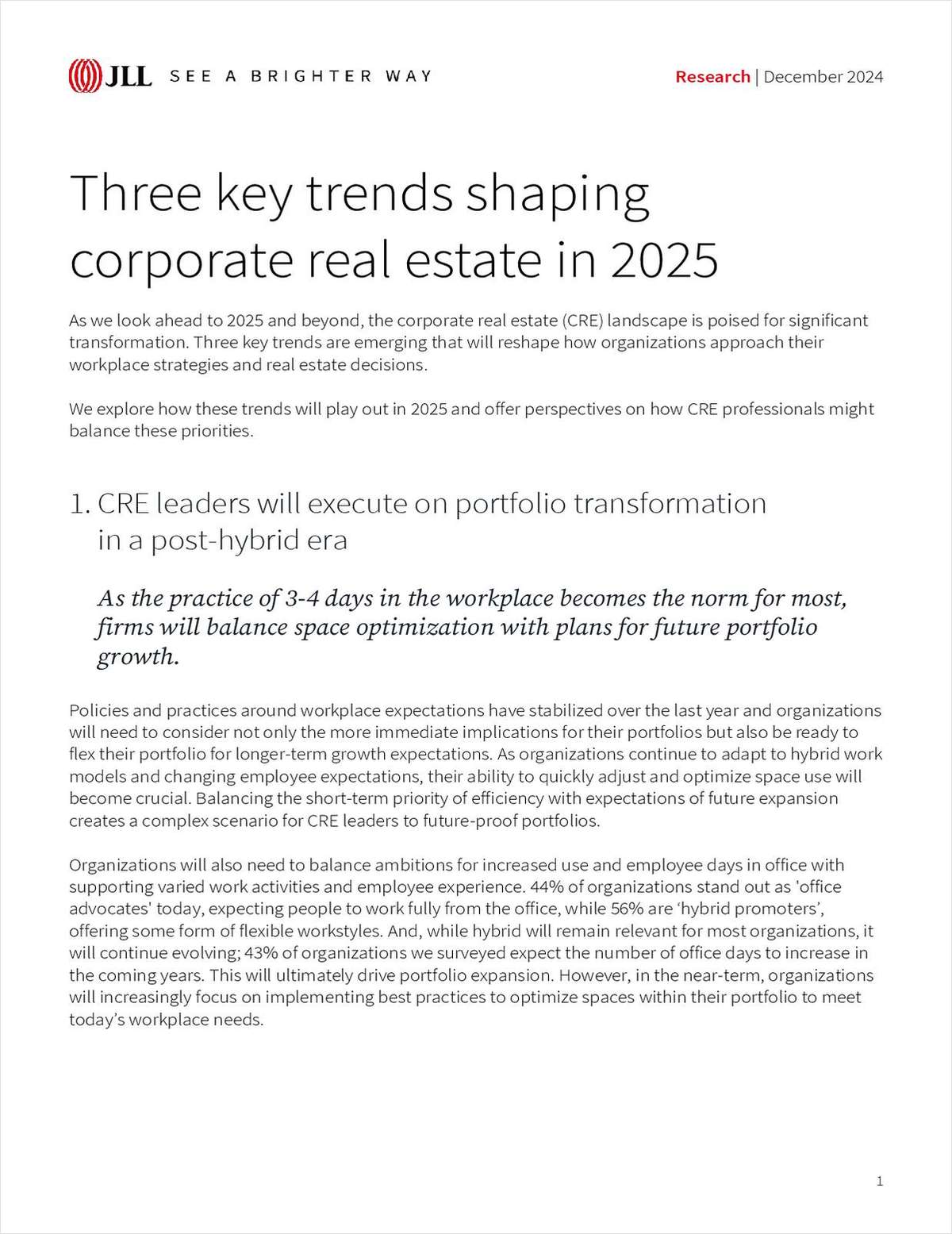
ATLANTA—When it comes to Millennials, there's little argument that this demographics' impact on commercial real estate will be as huge—if not greater—than Baby Boomers. However, the impact won't be the same as their parents. For all the talk about dwellings, Millennials are making a unique mark on officing.
Recognizing that Millennials are now the largest demographic in the workforce and have distinct preferences about their work environments, companies are evaluating their approach to office real estate, according to Tere Blanca, CEO of Blanca Commercial Real Estate. She sees companies adopting new design standards for their office spaces to attract and retain quality Millennial talent by adopting the open, collaborative workspaces millennials prefer. As they do, she says, they are finding that all executives and employees—not only Millennials—quickly embrace and appreciate these new standards.
“Open floor plans, informal common spaces with couches and bean bag chairs where executives and staff can come together to collaborate with their colleagues, media walls for quick access to technology, and high-tech conference facilities are effective ways to drive positive engagement and communication,” Blanca says. “In addition, with Millennials valuing work-life balance and the ability to work from anywhere, some firms are even creating 'hot-desking' spaces where employees can use open, unassigned work areas for a few hours at a time rather than putting down roots in a specific workspace.”
MRP Realty managing director Charley McGrath argues developers must realize Millennials seek out authentic experiences wherever they go in order to win the end game on the residential front. His firm is behind the $40 million renovation of Downtown Philadelphia's 121-year-old Bourse Building, which illustrates his point and could be the type of project that wins in this and later cycles.
“At the Bourse, we had to balance the historical nature of the building's interior with an eclectic mix of tenants that reflect Millennials' insatiable demand for artisanal and hyperlocal food and retail offerings,” McCrath says. “For us, this meant creating a 'market hall' for office tenants, locals and visitors. We hope it will become a diverse dining destination for both Millennials and Baby Boomers.”

ATLANTA—When it comes to Millennials, there's little argument that this demographics' impact on commercial real estate will be as huge—if not greater—than Baby Boomers. However, the impact won't be the same as their parents. For all the talk about dwellings, Millennials are making a unique mark on officing.
Recognizing that Millennials are now the largest demographic in the workforce and have distinct preferences about their work environments, companies are evaluating their approach to office real estate, according to Tere Blanca, CEO of Blanca Commercial Real Estate. She sees companies adopting new design standards for their office spaces to attract and retain quality Millennial talent by adopting the open, collaborative workspaces millennials prefer. As they do, she says, they are finding that all executives and employees—not only Millennials—quickly embrace and appreciate these new standards.
“Open floor plans, informal common spaces with couches and bean bag chairs where executives and staff can come together to collaborate with their colleagues, media walls for quick access to technology, and high-tech conference facilities are effective ways to drive positive engagement and communication,” Blanca says. “In addition, with Millennials valuing work-life balance and the ability to work from anywhere, some firms are even creating 'hot-desking' spaces where employees can use open, unassigned work areas for a few hours at a time rather than putting down roots in a specific workspace.”
MRP Realty managing director Charley McGrath argues developers must realize Millennials seek out authentic experiences wherever they go in order to win the end game on the residential front. His firm is behind the $40 million renovation of Downtown Philadelphia's 121-year-old Bourse Building, which illustrates his point and could be the type of project that wins in this and later cycles.
“At the Bourse, we had to balance the historical nature of the building's interior with an eclectic mix of tenants that reflect Millennials' insatiable demand for artisanal and hyperlocal food and retail offerings,” McCrath says. “For us, this meant creating a 'market hall' for office tenants, locals and visitors. We hope it will become a diverse dining destination for both Millennials and Baby Boomers.”
Want to continue reading?
Become a Free ALM Digital Reader.
Once you are an ALM Digital Member, you’ll receive:
- Breaking commercial real estate news and analysis, on-site and via our newsletters and custom alerts
- Educational webcasts, white papers, and ebooks from industry thought leaders
- Critical coverage of the property casualty insurance and financial advisory markets on our other ALM sites, PropertyCasualty360 and ThinkAdvisor
Already have an account? Sign In Now
*May exclude premium content© 2025 ALM Global, LLC, All Rights Reserved. Request academic re-use from www.copyright.com. All other uses, submit a request to [email protected]. For more information visit Asset & Logo Licensing.








